We shall talk in detail about copying spells and abilities in this part of the class. If you are wondering about copying permanents and cards, you need to turn to the first part.
706.10. To copy a spell, activated ability, or triggered ability means to put a copy of it onto the stack; a copy of a spell isn’t cast and a copy of an activated ability isn’t activated. A copy of a spell or ability copies both the characteristics of the spell or ability and all decisions made for it, including modes, targets, the value of X, and additional or alternative costs. (See rule 601, “Casting Spells.”) Choices that are normally made on resolution are not copied. If an effect of the copy refers to objects used to pay its costs, it uses the objects used to pay the costs of the original spell or ability. A copy of a spell is owned by the player under whose control it was put on the stack. A copy of a spell or ability is controlled by the player under whose control it was put on the stack. A copy of a spell is itself a spell, even though it has no spell card associated with it. A copy of an ability is itself an ability.
Example: A player casts Fork, targeting an Emerald Charm. Fork reads, “Copy target instant or sorcery spell, except that the copy is red. You may choose new targets for the copy.” Emerald Charm is a green instant that reads, “Choose one — Untap target permanent; or destroy target non-Aura enchantment; or target creature loses flying until end of turn.” When the Fork resolves, it puts a copy of the Emerald Charm on the stack except the copy is red, not green. The copy has the same mode that was chosen for the original Emerald Charm. It does not necessarily have the same target, but only because Fork allows choosing of new targets.
Example: Fling is an instant that reads, “As an additional cost to cast Fling, sacrifice a creature” and “Fling deals damage equal to the sacrificed creature’s power to target creature or player.” When determining how much damage a copy of Fling deals, it checks the power of the creature sacrificed to pay for the original Fling.
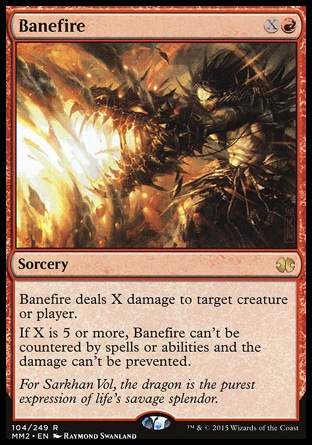
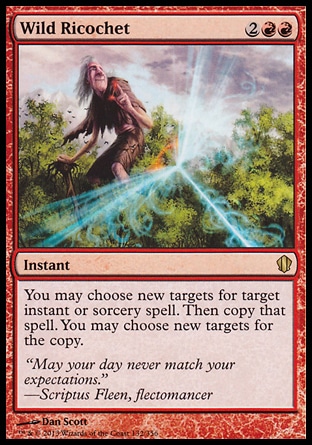
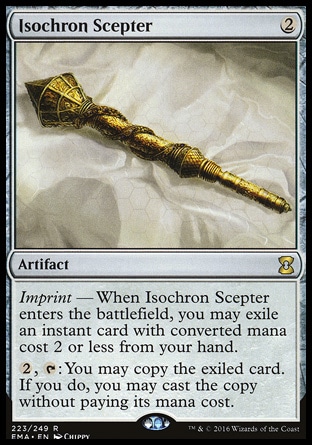
When copying Banefire with Wild Ricochet, the value of X remains the same as with the original spell. However, if you imprint a card with X in its cost on Isochron Scepter, X will always be 0. Why?
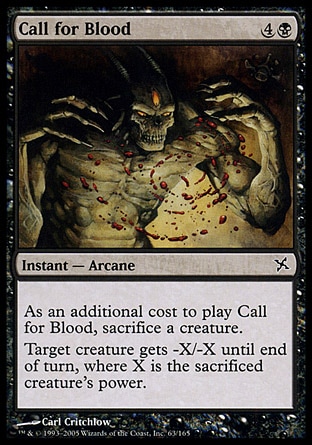
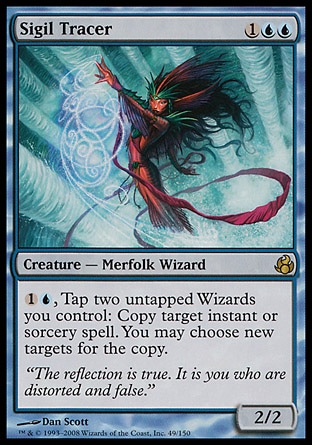
Call for Blood is copied with Sigil Tracer’s ability. As a result, the creature being the target for the copy gets -X/-X until end of turn with X being the power of the creature sacrificed to pay the additional cost of the original Call for Blood.
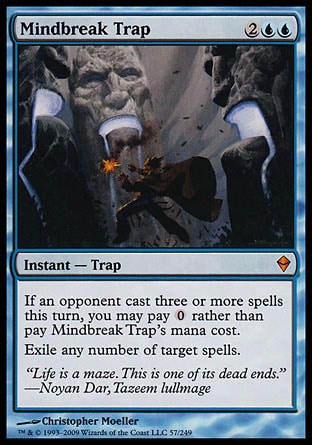
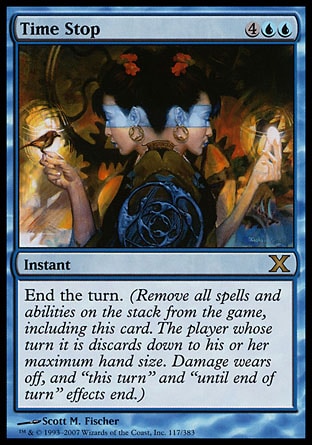
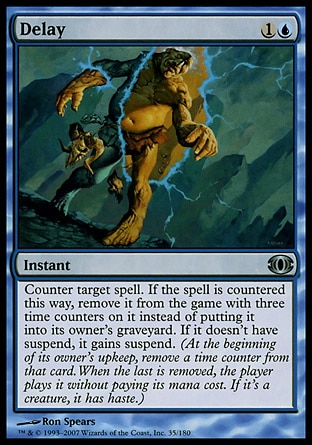
As you probably know, there are multiple ways to remove a spell from the stack. The most common ones are to resolve and to counter them. Some more exotic ways exist, such as exiling the spell (no kidding).
Aight, if a spell on the stack is represented with a card it’s all clear. But what do we do about copies of spells which are “on their own”, meaning, not tied to a card?
706.10a. If a copy of a spell is in a zone other than the stack, it ceases to exist. If a copy of a card is in any zone other than the stack or the battlefield, it ceases to exist. These are state-based actions. See rule 704.

If a copy of Dragonstorm gets Remand-ed, it is returned to the hand and ceases to exist upon the nearest SBA check.
For some effects, the copy and the original ability are not different in any way.
706.10b. A copy of an ability has the same source as the original ability. If the ability refers to its source by name, the copy refers to that same object and not to any other object with the same name. The copy is considered to be the same ability by effects that count how many times that ability has resolved during the turn.
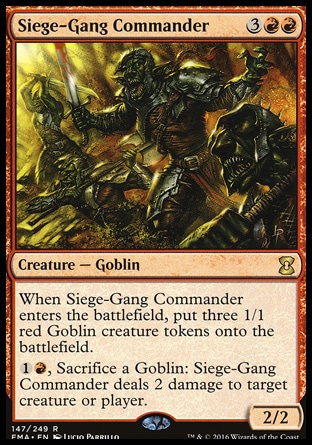
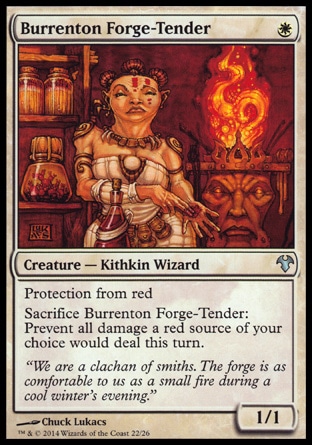
An effect copies Siege-Gang Commander’s ability. If an opponent activates Burrenton Forge-Tender’s ability choosing the Siege-Gang Commander as the source, then the damage on resolving both the original spell and the copy will be prevented.

A copy of Soulbright Flamekin’s activated ability that successfully resolves will count towards the number of resolved abilities necessary to get mana off it.
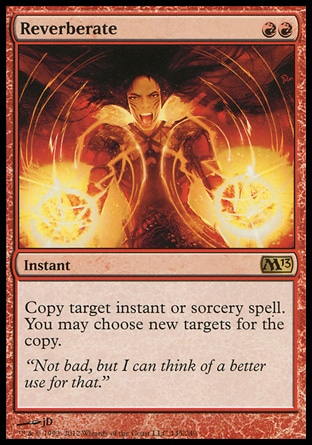
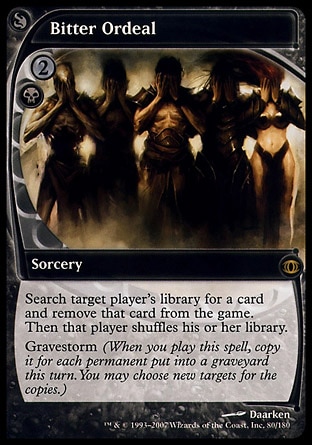

Some effects copy spells and allow their controller to choose new target for the copy. A player may keep any number of targets unchanged, even if they are illegal. If the player decides to change targets, all new targets must be legal. After the player has made the choice of the targets for the copies, they are put onto the stack with these targets.
706.12. An effect that instructs a player to cast a copy of an object (and not just copy a spell) follows the rules for casting spells, except that the copy is created in the same zone the object is in and then cast while another spell or ability is resolving. Casting a copy of an object follows steps 601.2a-h of rule 601, "Casting Spells," and then the copy becomes cast. Once cast, the copy is a spell on the stack, and just like any other spell it can resolve or be countered.

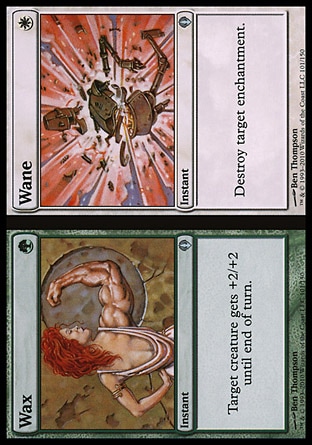
When activating the ability of Isochron Scepter with an imprinted Wax // Wane, you may cast any half of the card.
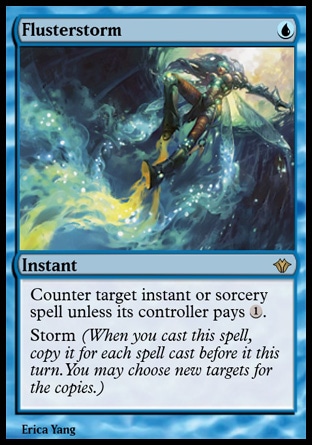


The copies of abilities Storm, Replicate and Gravestorm are never cast! They are simply put onto the stack.
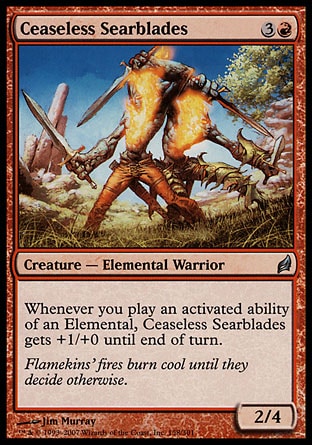


Upon resolving the ability of Rings of Brighthearth copying Horde of Notions’ ability, we get a copy of the Elemental’s ability. However, since this copy has never been actually activated, Ceaseless Searblades’ ability won’t trigger.
Homework
A player imprints a card with X in its cost on Isochron Scepter, X will always be 0. Why?
The Scepter allows copying the card (and not the spell!) and casts it later without paying its mana cost.
You copy your opponent's Disenchant targeting your aura with Twincast. Can you change the target of the copy to an artifact under your opponent's control?
Disenchant is not a modal spell, so any artifact and any enchantment is a legal target for it. Of course, it is possible to change the target to a different, legal one.
A player controls a Djinn Illuminatus. Can he get copies of Wipe Away?
Copies for replicate aren't played, so they aren't limited by split second.
A player controls a Rings of Brighthearth, he activates the ability of Sage of Hours with 5 counters +1/+1. May he pay {2} and get one more additional turn?
As Rings of Brighthearth’s trigger resolves the player may pay {2} and copy the ability of Sage of Hours, but in vane. The copy of the ability was never activated and counters were not removed, so none extra additional turns.
Translated by Witas Spasovski
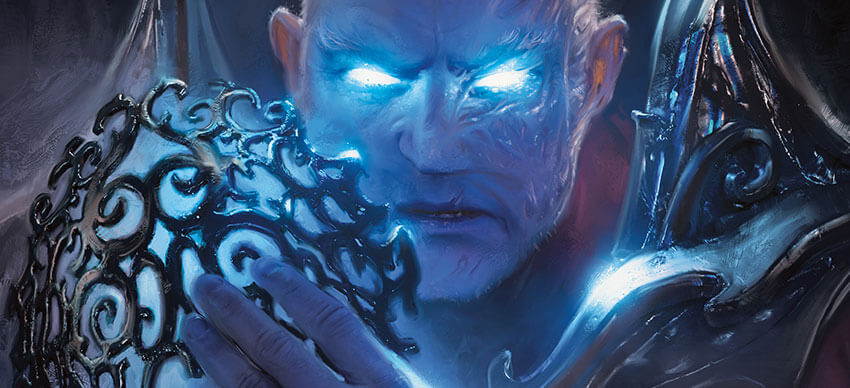
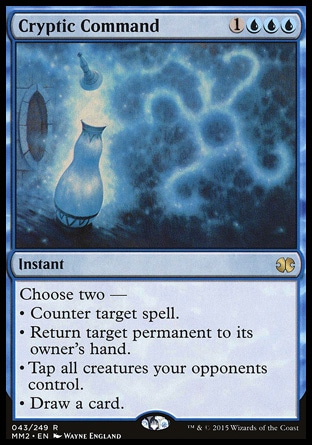

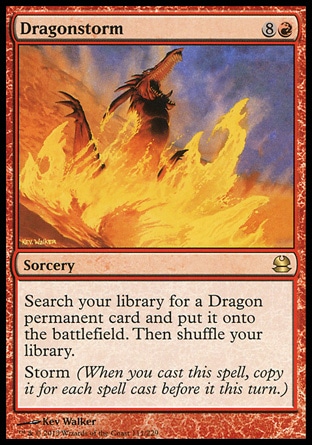
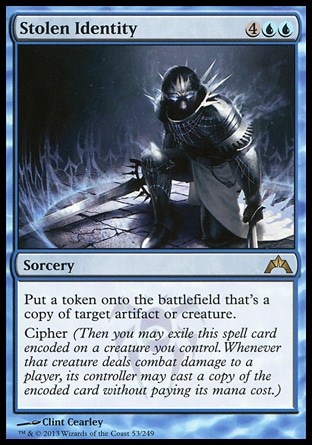
When copying Cryptic Command with Insidious Will, you may change the targets, but you may not change the modes chosen when it was cast. I.e., if the modes chosen were “Counter target spell” and “Draw a card”, you cannot “Tap all creatures target opponent controls” nor “Return target permanent to its owner’s hand”.